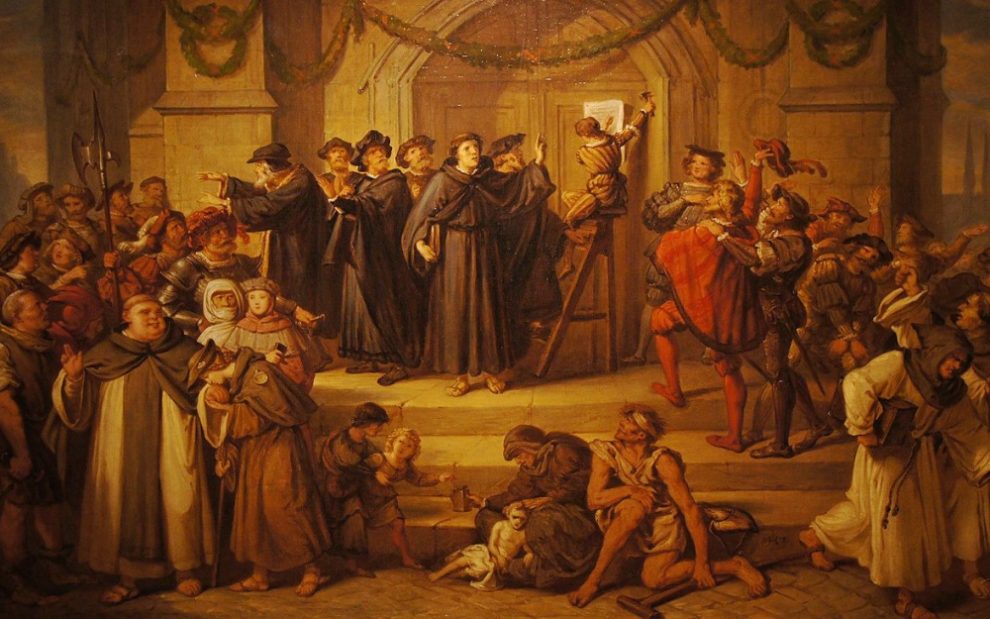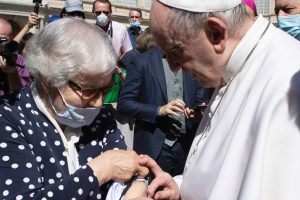When Catholics gather online to discuss hot-button topics such as innovations to the liturgy, restrictions on the Latin Mass, or the church’s teaching on moral issues, it’s not uncommon for tempers to flare and accusations of heresy and schism to be launched. But what exactly are heresy and schism? What’s the difference between them?
Heresy is to schism as a bend is to a break. Where the first remains connected to the whole, the second separates from it.
Heresy is a freely chosen denial or stubborn doubt by a Christian of Catholic doctrine. Schism is refusal to remain in communion with the pope or with fellow Catholics. The Catechism of the Catholic Church defines heresy and schism under “wounds to unity,” observing that blame for those wounds is shared. Also, those raised believing differently than the church, or separated from it, aren’t to blame for historical disunity. They share many beliefs in common with the church and can become holy.
Of the two, schism is more serious than heresy. Schism breaks unity entirely. Although their communion with the church is weakened, those who deny a doctrine or refuse to surrender a doubt remain within the church.
You can’t fall into heresy or schism by accident, nor do you sin against unity when you are acting according to conscience. While heresy and schism constitute grave matter, culpability for mortal sin also requires full knowledge and deliberate consent.
Heresy and schism presuppose original unity with the Catholic Church. A Jew raised to believe Jesus isn’t the Messiah isn’t a heretic, nor is a Christian born into a Greek Orthodox family a schismatic. Rather, as written in Nostra Aetate (Declaration on the Relation of the Church to Non-Christian Religions) the church “accepts them with respect and affection as brothers.”
From a historical perspective, the church has been tough on heresy and schism in efforts to protect both the faith and the faithful. In the early centuries of Christianity, the church was defining its understanding of God—as one in three persons and as God the Son made man. Forceful rejection of alternate definitions was necessary to the process.
Much the same could be said for the early centuries following the Orthodox Christian and Protestant breaks from the church. Today, we wince at the methods the church used to prevent Christians from leaving the church. At the time, church leaders acted strongly to restore communities to the faith and prevent more breaks.
The church has since learned the difficult lesson that it’s not possible to force people to believe or to remain in communion against their will. While church officials may make statements reiterating traditional Christian doctrine, or take steps to prevent Catholic nonbelievers from teaching or ministering in the church’s name, these days the church rejects any methods of moral suasion that don’t respect human rights and personal dignity.
This article also appears in the June 2023 issue of U.S. Catholic (Vol. 88, No. 6, page 49). Click here to subscribe to the magazine.
Image: Wikimedia Commns/Julius Hubner, Luther publishes the 95 theses, 1878














Add comment